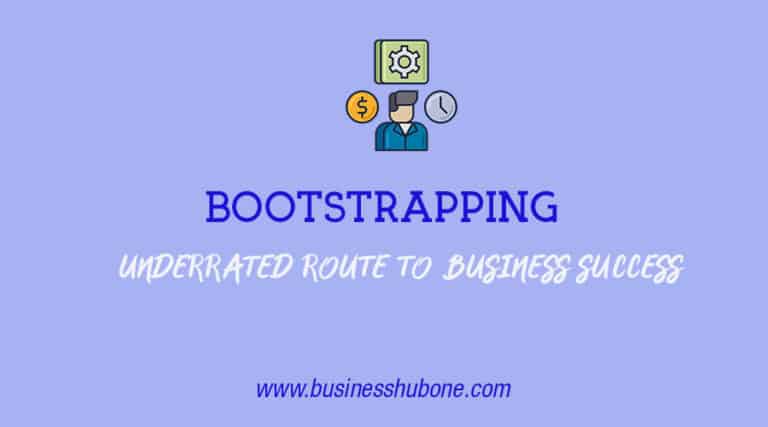Traction for your startup: Secrets of successful startup
Many start-ups struggle to gain traction for your startup and attract loyal customers to the brand after they might have created the next big product.
This article demystifies traction as it applies to startup growth in seven secrets
Table of Contents
Develop a product based on the Demand
It is not news that a lot of founders create products based on data obtained from conversations like
James and Charles have been friends for the past 10 years
Charles; James if I create this product will you buy it
James: Of course, I will
Even James forgets he has answered the question that will lead to the creation of a product based on gross bias towards the personality of Charles and misguided loyalty to their friendship

In creating products, it is imperative that a true test of the market is undertaken
Genuine data collated on customer behaviour among other data helps the startup achieve a successful launch
Find a compelling incentive to kick-start
Even the best fisherman uses a bait
BOOk OF ELDERS
The first set of Organic users of your product or service might not so easily, hence the need for a compelling bait to break the vicious cycle and give way to an endless stream of users and loyal consumers.
The frantic search for optimum bait has given rise to different marketing gimmicks.
Check out our post on How to Expand your business in four steps
Ensure there is no friction in adopting your other services
As your bait begins to attract your first role users, ensure there is no obstacle to adoption by the other role users.
Ex: For Startups like Facebook, every producer is a potential consumer, and either you come in as a consumer(seeing a post randomly on the web), you in a matter of time pick up the other role and begin to utilize it.
Define Achievable Short-term goals
There is every tendency to be caught in the massive growth frenzy and not set up milestones that help you review your success and make more informed decisions.
A cursory look at most successful startups will see that they either launched in select cities or communities e.g Uber.
Trying to attack the market as a whole may pose significant challenges as you do not have first-hand experience and the scale makes it even more difficult to understand what is going on.
Use Incentives
In the adoption of your product, there may be significant challenges in the adoption of particular services as compared to others.
Consequently, it is wise to provide incentives for the activities that users are least likely to adopt in order to gain traction fast.
Ex. Most startups offer a month of free trial for their premium service.
This helps the users to evaluate the service and helps them decide whether to sign up for the service or not
Ensure your service is as you promised
Most startups fail to deliver on their promise so
Launch at the right time
For start-ups, timing remains one of the most important variables
Timing determines how fast a startup reaches critical mass
The critical mass point is the tipping point for when a product or market goes under rapid transformation, seemingly overnight.
The closer a startup is to a critical mass point the less they tend to struggle to find traction for your startup.
Conclusion
These seven steps represent the crucial factors to consider when charting a growth model for your startup.








One Comment